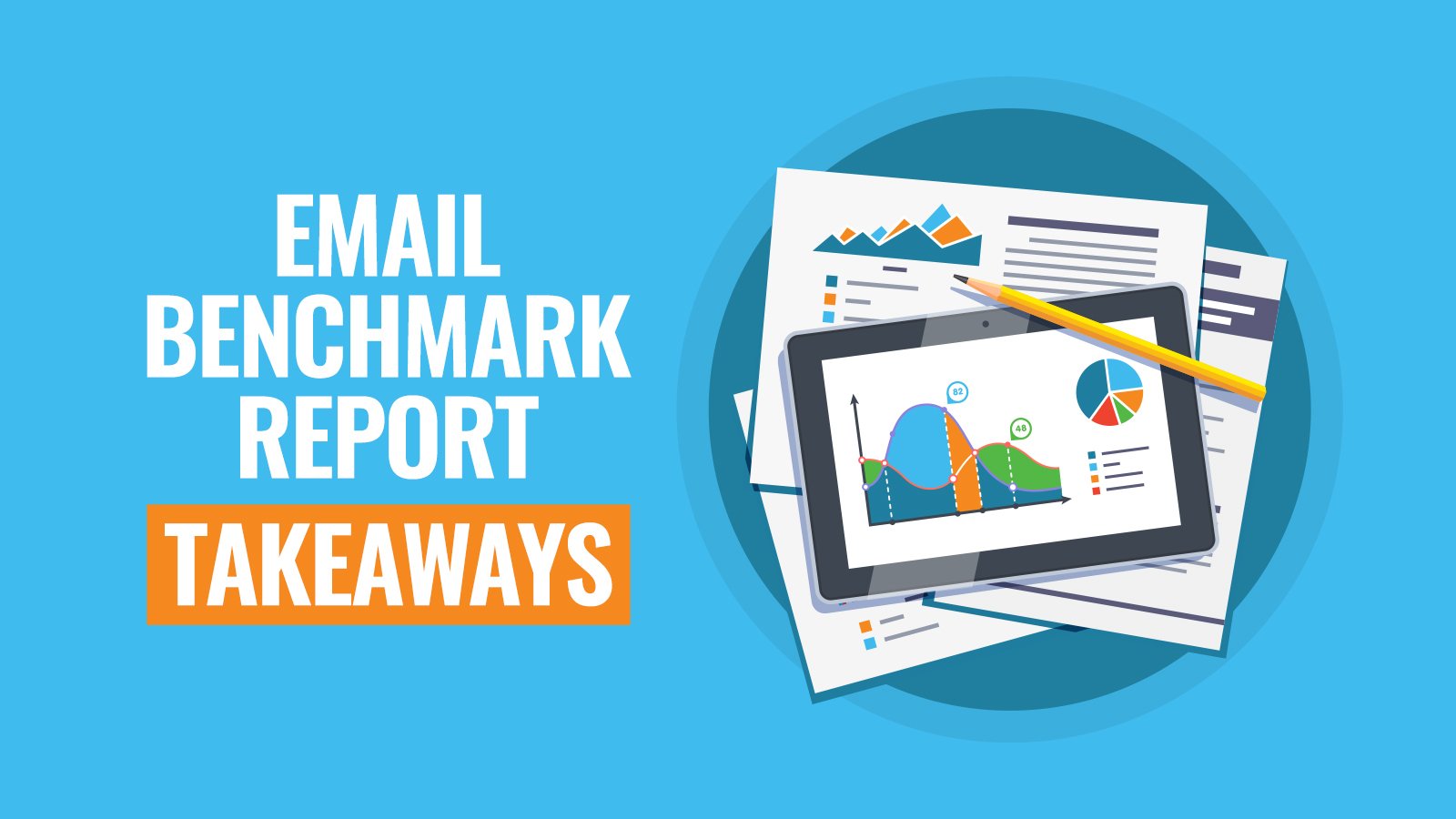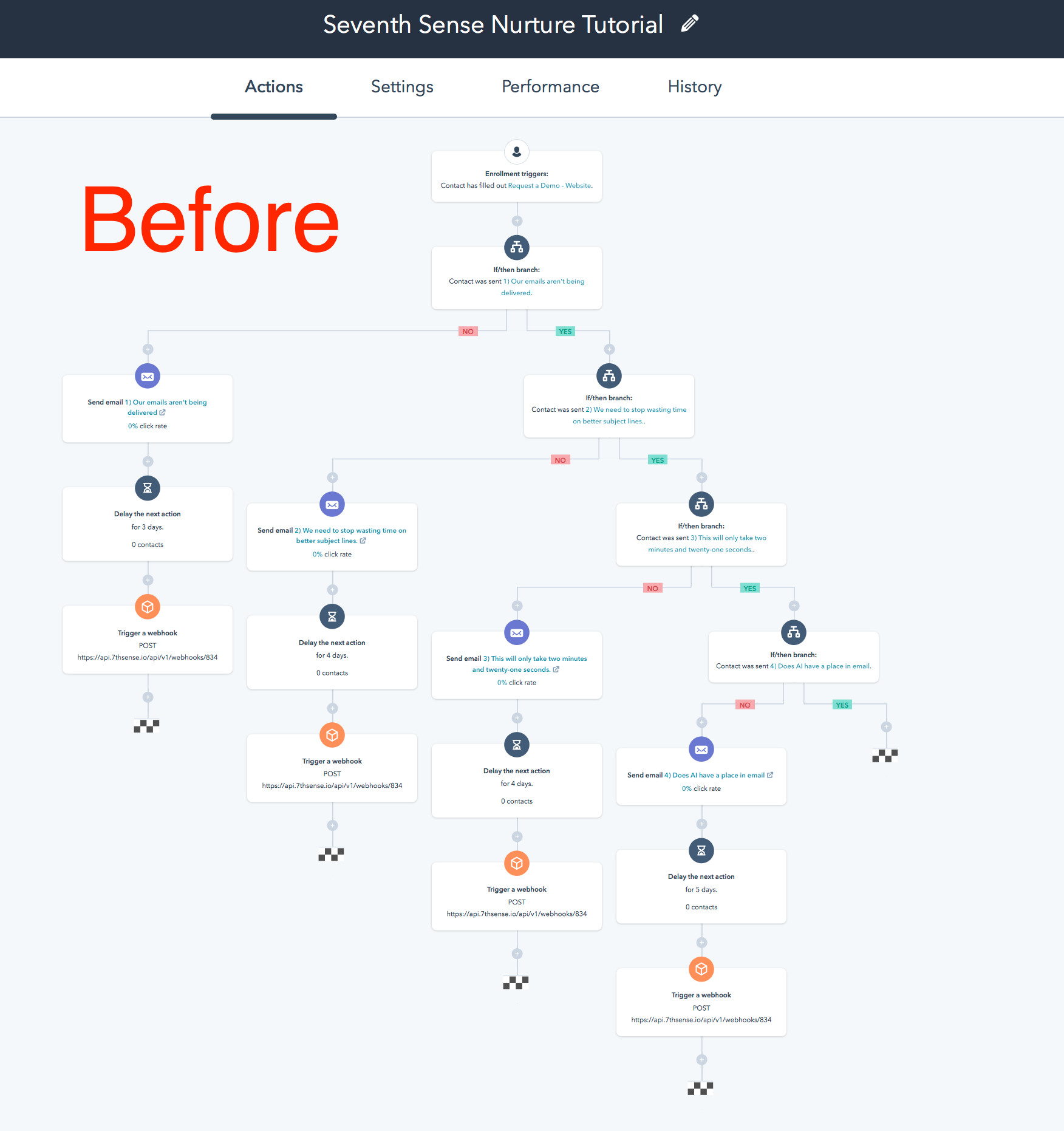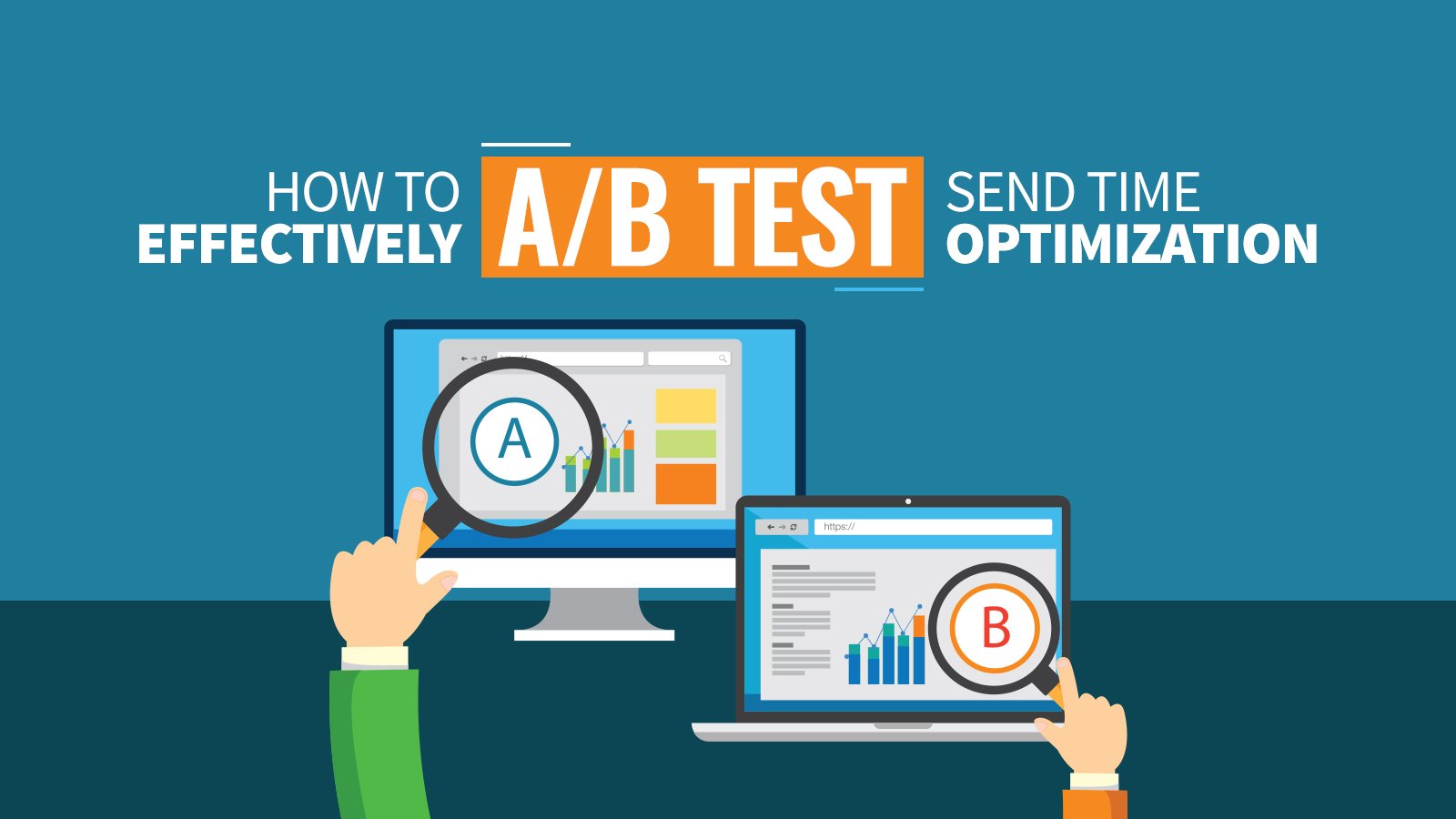Earlier this year, Validity and Demand Marketing released their 2021 email marketing benchmark report. The report, which pulls from extensive data collected in 2020, provides a lot of useful insights into the state of email marketing.
In this post, we’re going to provide the highlights of the report, walk through the good, bad and ugly – and offer our thoughts about where email marketing is headed.
The Good
Let’s start with some positives. Email marketing is still an effective marketing channel. As companies are getting back into the swing of things:
- 77% of marketers reported the effectiveness of their email marketing efforts is holding steady or improving
- The lack of executive buy in dropped to 11% from 13% the previous year
- The use of artificial intelligence is up to 13% from 10% the previous year
These datapoints provide a strong signal that email marketing remains a good way to boost sales, increase brand awareness and develop strong customer relationships. At the same time, we’re seeing upper management being more receptive to the benefits of email marketing and a rise in use of performance-boosting AI.
Another positive trend we noticed is that more email marketers are using tools with their email platforms than ever before. In 2019, 31% of those surveyed said that they lacked optimization tools, and that number dropped down to 22% in 2020.
The Bad
While there were some bright spots in the survey results, there were quite a few troubling trends as well:
- 35% of companies stated they suffered from poor email engagement
- 25% had low visibility into email performance
- 25% had tons of data but didn’t know how to use it
We also noticed that only 8% said their email effectiveness has improved significantly over the past year, which is a bit concerning. This tells us that marketers may not be doing everything they can to maintain the overall health of their email marketing channel.
The Ugly
Email marketers are losing sight of the basics and that is causing poor performance across the board. The implementation of good list hygiene practices, deliverability optimization and A/B testing have all dropped within the past year (a whopping 30% of marketers reported having issues with email deliverability).
Many companies also lack proper security and protections for their email campaigns:
- Only 26% of companies have DMARC protocols in place
- 29% have no DMARC protocols in place
- A troubling 45% either didn’t know if they had them in place or didn’t know what it was
This is a huge oversight because it directly impacts your email deliverability, as email clients can’t tell if your emails are spam or not. Even if your email does pass the test and lands in your potential customers’ inbox, open rates are down across the board:
- 25% companies surveyed fall within the 11-15% average open rate
- 22% are within 6-10%
- 14% are within 5% or less
- The percentage of marketers who reported email open rates of 5% or less increased by 75% between 2019 and 2020
These statistics may be discouraging. The good news: there are things you can do to avoid falling into the negative statistics listed above.
Where Email Marketers Can Improve
For starters, it’s important to acknowledge that you can’t skip the fundamentals while building your email marketing presence:
- Make sure your emails are working towards a specific goal
- Personalize your emails
- Do A/B tests to find the right tone and messaging for your audience
- Clean your lists frequently.
Checking these boxes means spending more time on email, but the work can’t be overlooked.
Going One Step Further
The beauty of email marketing is that you can use tools and tech to help you optimize your marketing efforts. Thirty-five percent of companies utilize tech to help them do just that. Tools like Seventh Sense are easy to implement and adopt to scale.
We use the Seventh Sense HubSpot integration with many of our email campaigns because it uses AI software designed to drive maximum performance and engagement. As you continue to use it, the benefits become clear. We’ve seen an increase in engagement and deliverability, as well an improvement in our clients’ email domain health.
Tech alone likely won’t get you to your goals either. Many businesses partner with a digital marketing agency to help develop strategies for the future and to keep your channel focused on your goals. With a strong plan in place, a partner to help you out and tech to optimize performance, you have everything you need to drive more results from email marketing.






